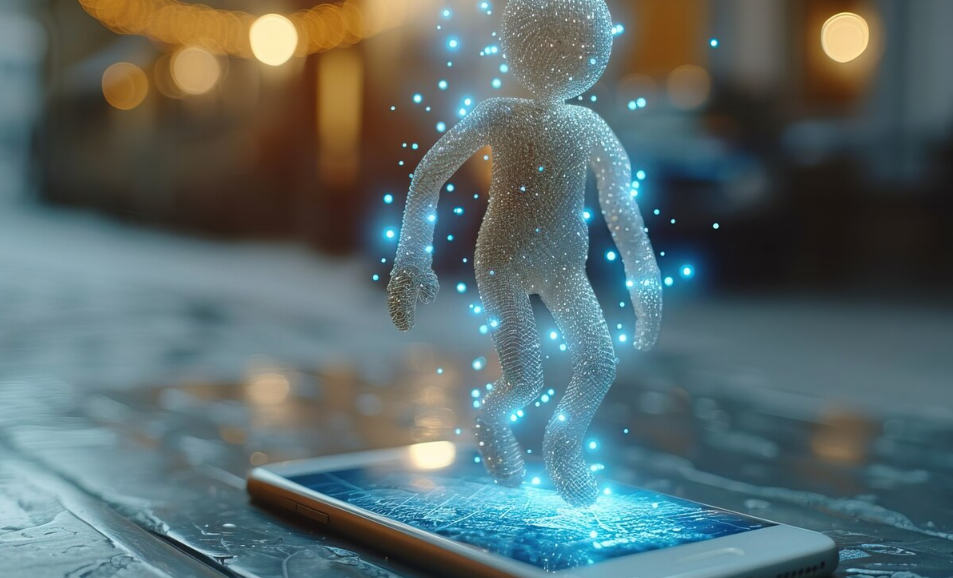As science unravels the complexities of the human brain, a fascinating concept has begun to take shape: neural hibernation. Inspired by nature and powered by advancing neurotechnology, neural hibernation explores the idea of backing up brain activity before sleep—a process that could revolutionize memory retention, dream analysis, and even mental health care.
The Biological Sleep Cycle, Reimagined
Every night, our brains undergo a remarkable transformation. During sleep, neurons fire in intricate patterns, replaying memories, discarding useless information, and solidifying learning. This nightly reset is critical, yet inherently chaotic. What if we could organize and preserve this neural process instead of letting it unfold unconsciously?
This is where the idea of neural backups enters the picture.
What Is a Neural Backup?
A neural backup refers to the digital capture of a person’s brain state—including active thoughts, short-term memories, and emotional data—right before entering sleep. This concept blends real-time neuroimaging, advanced machine learning, and bioelectronic interfaces to record brain data as if saving a file to the cloud.
Unlike a traditional EEG scan, which captures general electrical patterns, a neural backup aims to extract structured mental content—like thoughts or problem-solving strategies—so it can be referenced or even restored later.
Sleep as a System Reboot
Sleep can be seen as the body’s nightly “system reboot.” However, as with a computer, you wouldn’t want to lose unsaved data. In this analogy, neural hibernation acts like autosave for the brain, ensuring important cognitive states are safely stored before the subconscious takes over.
Scientists theorize this could be especially useful in:
- Preventing memory degradation in individuals with early cognitive decline.
- Enhancing learning by restoring neural states post-sleep for better retention.
- Dream modulation, by identifying emotional triggers and suppressing nightmares.
- Mental health monitoring, allowing early detection of anxiety or depressive loops.
How Would It Work?
To make neural hibernation a reality, several technologies would need to converge:
- Neural Interface Devices – Non-invasive or minimally invasive wearables that can read and interpret brain signals at high resolution.
- Neural Compression Algorithms – Software that can translate vast amounts of brain data into usable, storable formats.
- Personal Cognitive Maps – Unique brain-state profiles, updated daily, allowing users to compare mental snapshots across time.
With these tools, individuals could opt to “save” their thoughts before sleep, creating a kind of mental time capsule. Upon waking, they could review dreams, resume complex thoughts, or even restore a lost train of thought interrupted by sleep.
Ethical and Philosophical Implications
While the idea of backing up the brain may sound promising, it also opens up significant ethical questions:
- Who owns the backup?
- Could mental data be hacked or manipulated?
- Would neural backups create pressure to be mentally productive even during rest?
These concerns must be addressed carefully, especially as the line between biological and digital memory becomes increasingly blurred.
Looking Ahead
Neural hibernation is still speculative, but early-stage research in brain-computer interfaces, sleep neuroscience, and AI-driven memory mapping suggests that elements of it could become reality within the next few decades.
In a future where memory is malleable and thought can be saved like a document, sleep may no longer be a time of disconnection, but a carefully managed mental transformation—one that’s as deliberate as it is restful.


